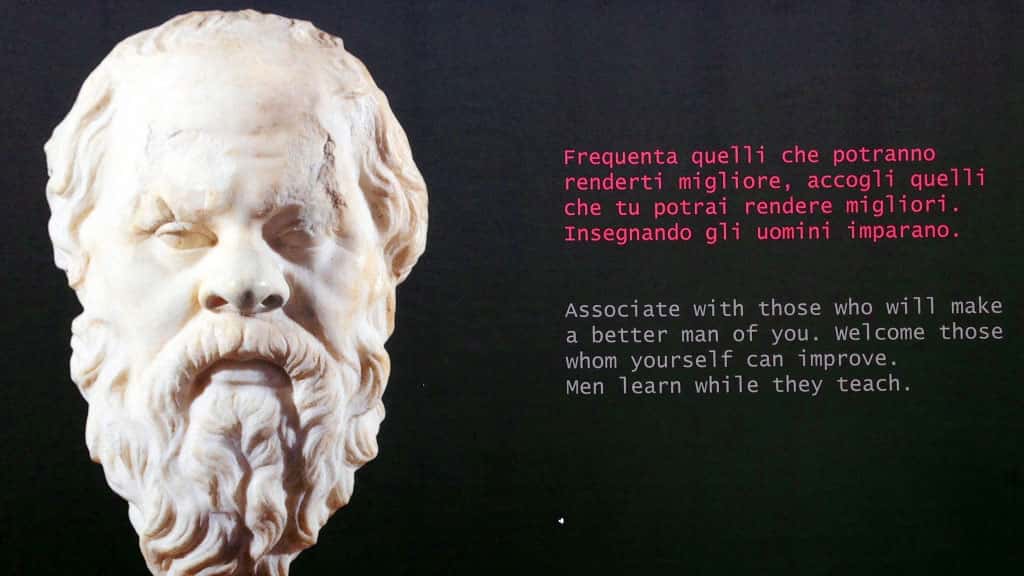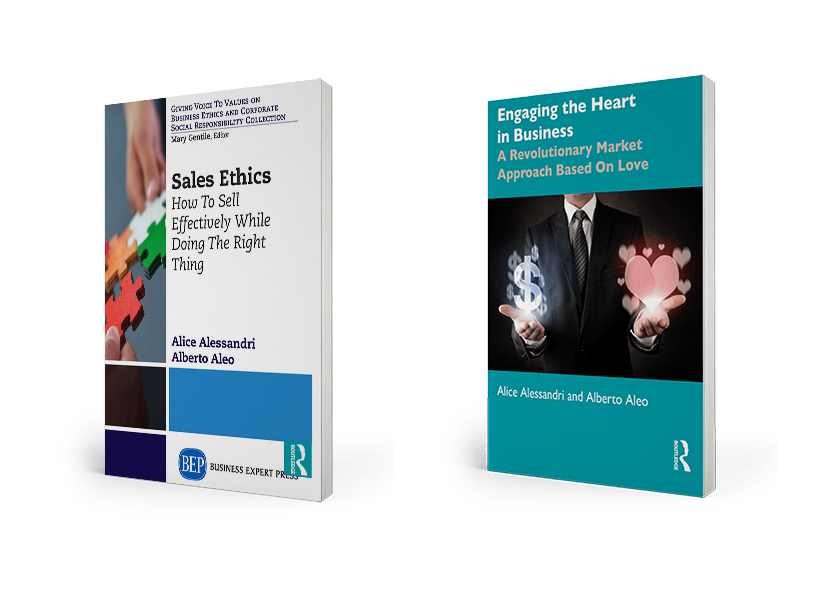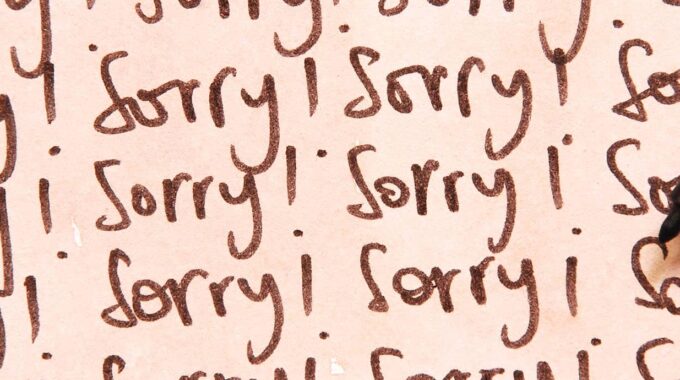One of the words that is trending in the corporate world is diversity. Highlighting the fact that people are diverse seems almost redundant, considering that we each have a genetic heritage that makes us unique and exceptional. Nevertheless, we need to reflect on this because each of the qualities or characteristics that define who we are might be a source of annoyance to others. When this happens within a working group, it might be hard to communicate and collaborate effectively. How can we then turn diversity into a value to be claimed and integrated into the workplace?

What unites us
In a scene of the film Agorà, which tells the story of the scientist and philosopher Hypatia of Alexandria – historically known for welcoming students with different cultures, ethnicities, and beliefs – the main character encourages her pupils by saying “there are more things that unite us than divide us”.
People in the corporate context, in addition to their role, can be considered different according to their physical characteristics, age, gender, background, and education, or depending on where they come from, where they were brought up, or even on particular aspects of their character and values (such as belief, vision, ideas, etc.). If we multiply all these possible variables for each participant in a working group, the result is an extremely complex and varied system, where the heartfelt willingness of each individual and the establishment of a common ground are vital elements that allow the group to operate smoothly and productively.
That is why goals and vision, combined with our values, become elements that can connect and direct actions towards our shared objective.
A leader, therefore, has the duty to create conditions where common values become a middle ground where we can meet and find unity, while respecting diversity.

What divides us
Complexity is an innate quality of any working group where there is a variety of people. One might think this is something to overcome through the careful selection of collaborators, who should all comply to a model with uniform characteristics, or who should at least be as similar to each other as possible. The side effect of this approach is the flattening out or lack of tensions and confrontations that help every organisation evolve.
A good dish is made of many ingredients, masterfully combined in a way that allows them to enhance each other’s flavour. Similarly, all diversities must be represented in the team in order to help the group express its potential when achieving its predetermined goal. For each speaker you need a listener, you need the energetic youth and those with more experience under their belt, organised order and creative chaos, openness to new things and the ability to preserve tradition, flexibility hand in hand with determination, and being analytical while maintaining a general understanding of the issue at hand.
In this approach, leaders must enable and protect diversity, allowing each collaborator to express their uniqueness so as to shape a truly inclusive company.

Others as a reflection of you
The approach that combines all differences and enhances them harmoniously is anything but simple. Each of us sees our inner world reflected in others and this can make us aware of some aspects of our character that might cause annoyance or might be hard to accept. In fact, reality is a mirror, and when something around us annoys us, it means that we are hiding that particularly annoying aspect within us. It’s the law of mirroring that acts along its three main principles:
- We are annoyed by those parts of our essence that we don’t accept
- We are annoyed by the person we would like to be but that we cannot manage to be
- We are annoyed by what we have given up or by what was taken from us
Therefore, to value diversity in others, we must first make peace with all the parts of our character that are triggered by others.

Photo by tabitha turner on Unsplash
Exercise
Here’s an exercise you might want to try out. Write a list of 3 people who annoy you and write the reason that prompts the annoyance next to each name, trying to go as deep as you can and focusing on the feeling it conveys. You can start each sentence with: “<name> annoys me because he/she reminds me of…”
Now, read what you have written and ask yourself
- “What have I learnt about myself?”
- “Is this about who I am or about what I want to be?”
- “What’s the hardest thing for me to admit?”
If we really want to “build a company around people” and not use diversity as a shallow motto, our first steps must be to consider differences as a valuable element and discover what others can teach us about ourselves, while always remembering what unites us and what projects we are asked to collaborate on.
“If you have explored the depths of your soul, you gain a real insight into others, too”.
OSHO RAJNEESH
| partem claram semper aspice |
The photos used - where not owned by the editorial team or our guests - are purchased on Adobe Stock and IStockPhoto or downloaded from platforms such as UnSplash or Pexels.
Did you like this post and want to learn more about the topics?
Passodue research on issues related to sales, marketing, ethics and the centrality of human beings within the market logic, officially started in 2012. The results derived from our work are described in the publications and in the books you can find in this section.





This Post Has 0 Comments